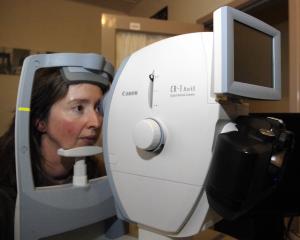Reducing obesity in children is not about playing the blame game, it is about reducing the wrong foods and increasing physical activity, says a University of Otago researcher.
"We don't want people to go into panic mode, we want people to undergo positive change," said Professorial Research Fellow, Prof Ailsa Goulding.
Reducing calorific intake and encouraging children to be more active was the key in correcting the "considerable energy imbalances" of obese children, Prof Goulding, of the Medical and Surgical Sciences department of Dunedin School of Medicine, said.
Results of the 2002 Ministry of Health-funded national children's nutrition survey revealed 2.7% of New Zealand children were extremely obese.
Further analysis of the survey revealed the rate of extreme obesity in Pacific Island children was 10.9%, Maori children 5.1% and New Zealand/European child-ren, 0.8%.
These children were in the top 1% of their weight range and, if they were adults in the same weight range, they would have at least one health problem, Prof Goulding said.
In addition to encouraging exercise and healthy eating initiatives, children could be weighed and measured to determine their body mass index (BMI).
The ideal time to measure obesity in children was between the ages of 3 and 5.
"By the time these kids are older, they don't always look heavy.
"We have to recognise it early," she said.











